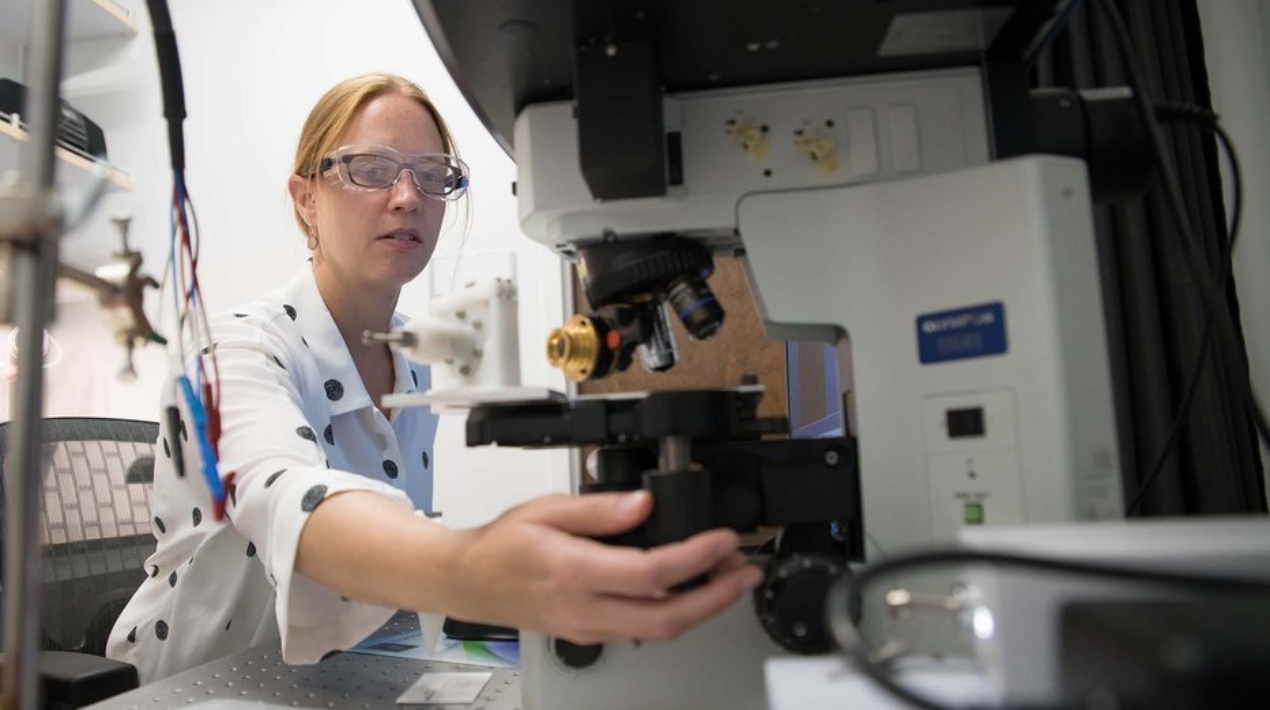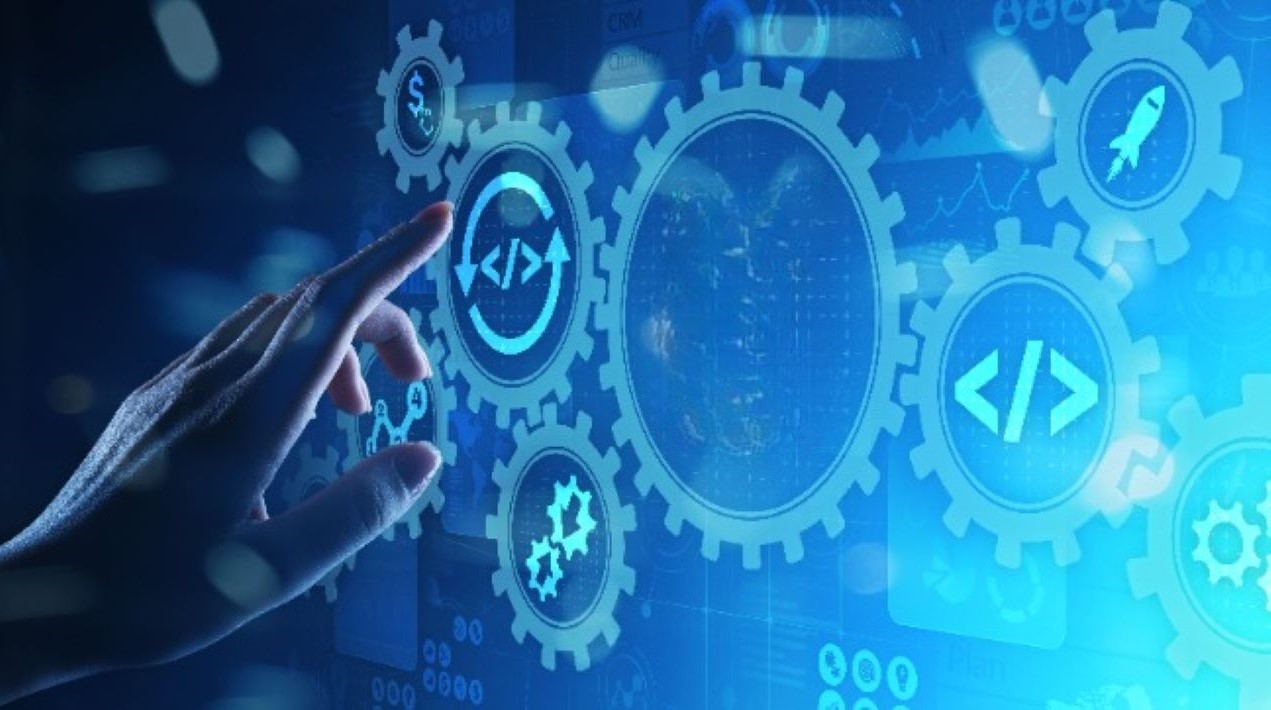
Researchers at the California Institute of Technology (Caltech) have created a framework to design new materials that mimic the fundamental principles concealed in nature’s growth patterns. The framework was inspired by the way termites construct their nests. The researchers demonstrated that it is possible to construct materials with programmable features by employing these criteria.
Chiara Daraio, the principal investigator, claims that although termites are only a few millimetres long, their nests can reach heights of up to four metres. The interior of a termite nest, she continued, is made up of a network of asymmetrical, interconnected structures like those seen inside a sponge or a loaf of bread; and it is deliberately designed for stability and ventilation.
Daraio thinks that by comprehending how a termite contributes to the construction of the nest, it may be possible to set straightforward guidelines for creating architectural materials with distinctive mechanical qualities.
Architected materials are foam-like or composite solids that serve as the building blocks for 3-D constructions that range in size from nano to micro. The field of architected materials has thus far mostly concentrated on periodic architectures, which are lattice structures made of repeated unit cells with consistent geometry, such as an octahedron or a cube.
The functionality and use of architectural materials have been constrained by the emphasis on organised structures. The algorithm, which Daraio and his team refer to as the “virtual growth programme,” mimics the emergence of termite nests or the organic growth of biological structures.
The virtual growth programme uses specific materials’ geometries, or building blocks, as well as adjacency rules for how those building blocks can attach to one another, as opposed to a grain of sand or a speck of dust.
Each construction block has a set restriction on its availability, simulating the scarce resources that termites would come across in the wild. The application creates an architecture on a grid using these limitations, and these structures can be converted into 2-D or 3-D physical models. The virtual growth programme tackles the undiscovered territory of disordered materials by modelling the construction of a termite’s nest rather than exactly recreating its design.
Caltech is attempting to change the old energy system of California by creating a “smart grid” – a flexible, responsive, efficient system that combines renewable energy sources while managing rising power demands.
Climate change is having an increasingly negative impact on California, from drought and water shortages to excessive temperatures. These difficulties underline the pressing need to switch to renewable energy sources like wind and solar from fossil fuels that create greenhouse gases. Hence, by 2045, California pledged to provide all its electric users with renewable and carbon-free energy.
Restructuring the power grid, the intricate web of hardware and software that delivers electricity to people’s doorsteps is an essential step in that shift. Caltech engineers, economists, mathematicians and computer scientists are developing and testing the foundations of tomorrow’s grid with assistance from public and commercial partners.
Their innovations range from the development of user-friendly hardware and algorithms that guarantee electrical vehicle (EV) charging stations draw power when it is accessible and affordable to the construction of novel economic frameworks that forbid market participants from manipulating energy pricing.
Based on the energy present on the grid, researchers have created mathematical methods that decide when to consume and when to preserve power. These methods address the issue of stabilising grid voltages despite fluctuating renewable energy supply. The distribution networks that transfer energy from larger substations to homes, businesses, streetlights, and other energy consumers in a region can adopt this new method.
















